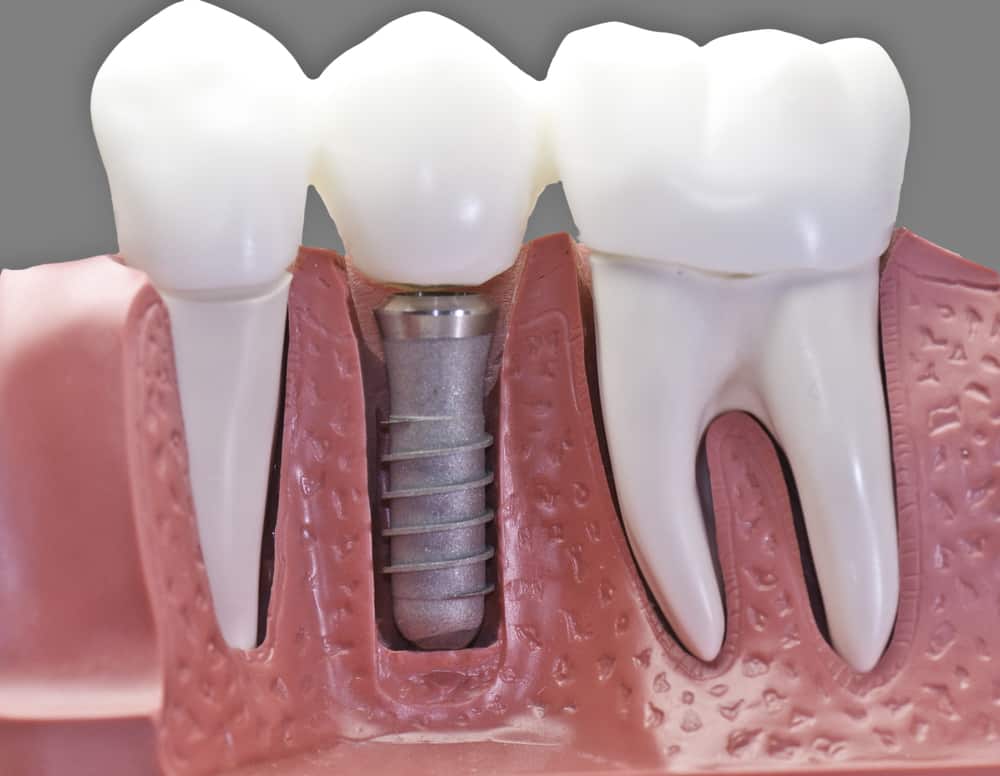Losing a tooth can be an incredibly traumatizing experience. The embarrassment and anxiety caused by a smile gap are enough to cause even those with the most outgoing of personalities to suffer a significant loss of confidence.
Fortunately, thanks to modern cosmetic dentistry, thousands of people have restored the appearance and functionality of a lost tooth with dental implants.
What are Dental Implants?
Dental implants are surgically inserted titanium posts intended to replace the roots of any missing teeth. These implants provide a firm base for new artificial teeth to attach to, allowing them to look and function as well as the ones that were lost.
Types of Dental Implants
There are three main categories of dental implants: endosteal, subperiosteal, and zygomatic. While all three types are designed to provide a secure foundation for new artificial teeth, each is unique in the location of its anchor point and extensivity of the surgical process.
Endosteal Implants
Endosteal implants are small screw-shaped anchor posts placed into the jawbone, acting as artificial roots to hold new artificial crowns.
Generally, this is the safest and most common option for those with healthy bone structure and density.
Once the anchors are in place, the bone tissue begins to grow and become joined to the titanium post. This process is known as osseointegration. This healing can take several months, during which The Mayo Clinic recommends frequent dentist visits and a thorough oral hygiene routine.
Subperiosteal Implants
For patients with weak or soft jawbones, endosteal implants are not a viable option. In this case, subperiosteal anchors are a common substitute.
Rather than being inserted into the jaw itself, subperiosteal implants sit on top of the bone beneath the gum tissue.
During the procedure, an incision is made, and a metal frame is inserted under the gums. Over the course of a few weeks, the gum tissue will grow and envelop the frame, leaving only the metal posts exposed. After sufficient healing has taken place, the new artificial crowns can be put into place.
Zygomatic Implants
Due to the jaw’s lack of bone structure, zygomatic implants are anchored to the patient’s cheekbones.
Zygomatic implants are the most extensive and complicated of the three dental implant options. Generally, this type of procedure is a last resort for patients who don’t have sufficient bone tissue in the jaw for endosteal or subperiosteal implants.
Premier Dental Service in Cementon, NJ
At Dental Of Clementon, your confidence and self-esteem are our top priority. We understand that having a beautiful smile not only changes the way you look but also the way you feel.
If you have questions or concerns about dental implants, please don’t hesitate to contact us today. Our team of dental experts has decades of combined experience, and we want to use all of our knowledge to help you create a smile that you can be proud of.

